
How to Use TIP31C: Examples, Pinouts, and Specs
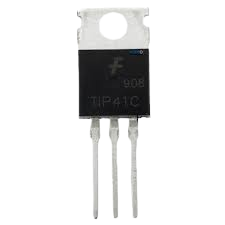
 Design with TIP31C in Cirkit Designer
Design with TIP31C in Cirkit DesignerIntroduction
The TIP31C is an NPN bipolar junction transistor (BJT) manufactured by Abhishek, with the part ID "Transistor." It is designed for general-purpose amplification and switching applications. With a maximum collector current of 3A and a maximum collector-emitter voltage of 40V, the TIP31C is a versatile component suitable for a wide range of electronic circuits. Its robust design and high current-handling capability make it ideal for use in audio amplifiers, motor drivers, and power control circuits.
Explore Projects Built with TIP31C
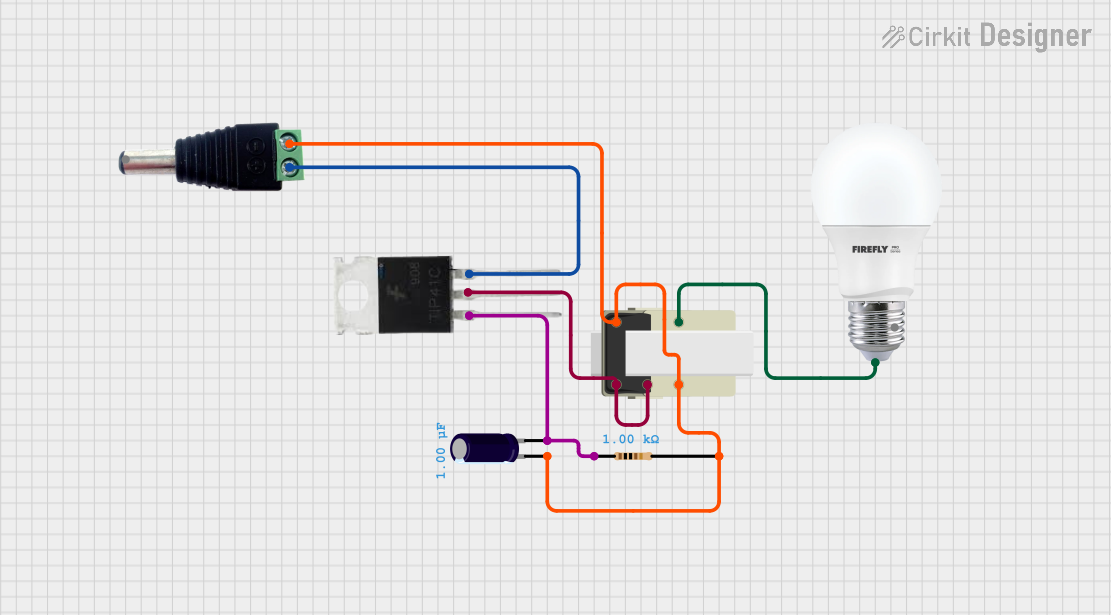
 Open Project in Cirkit Designer
Open Project in Cirkit Designer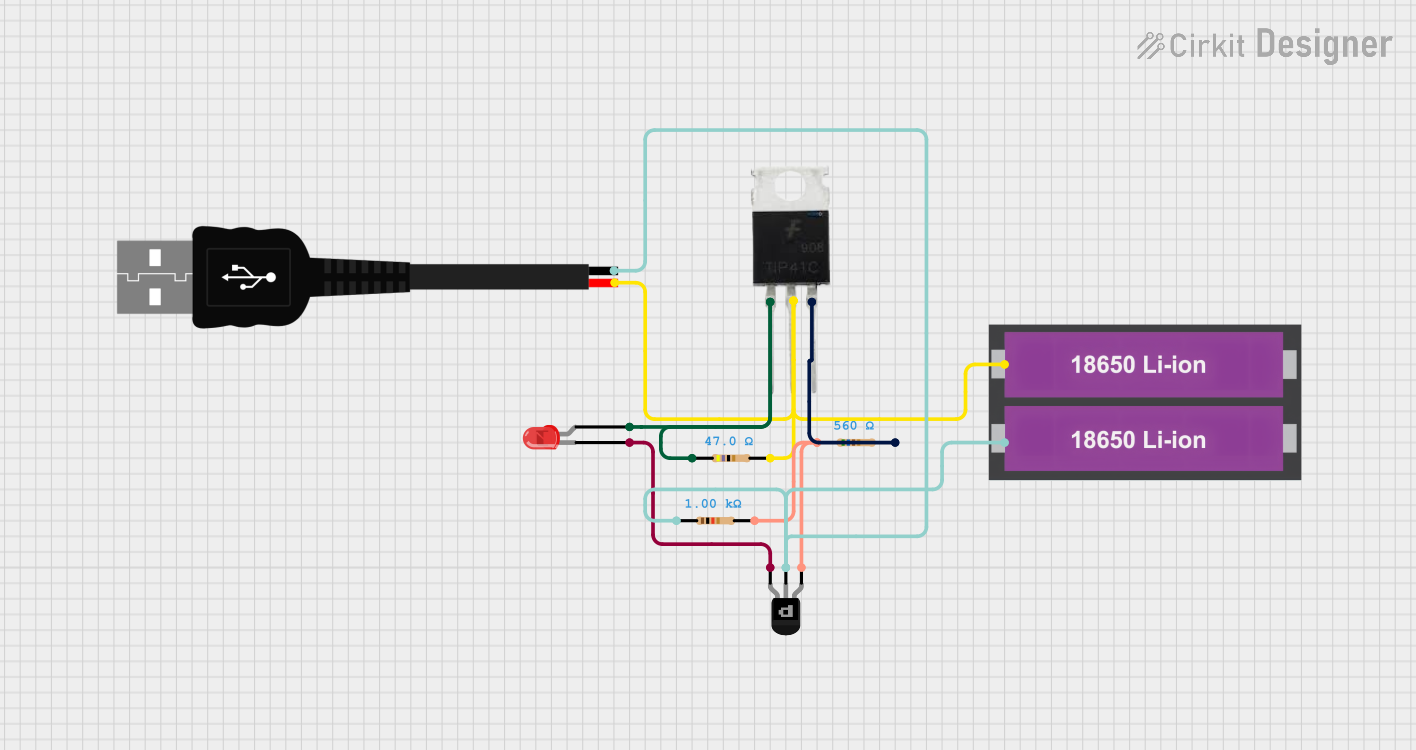
 Open Project in Cirkit Designer
Open Project in Cirkit Designer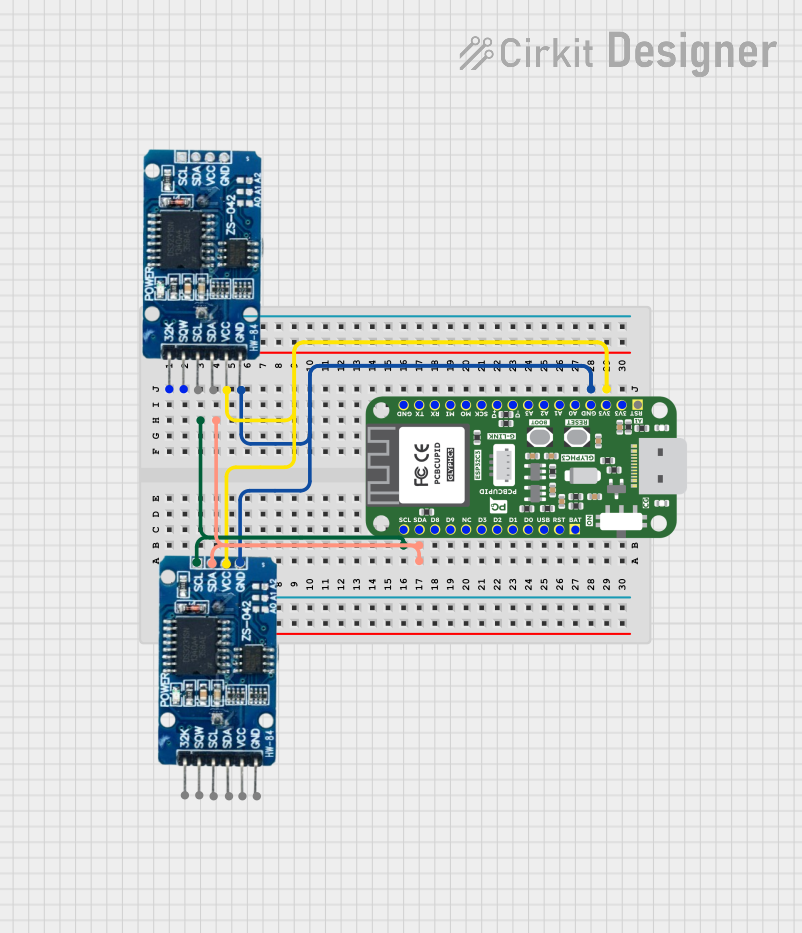
 Open Project in Cirkit Designer
Open Project in Cirkit Designer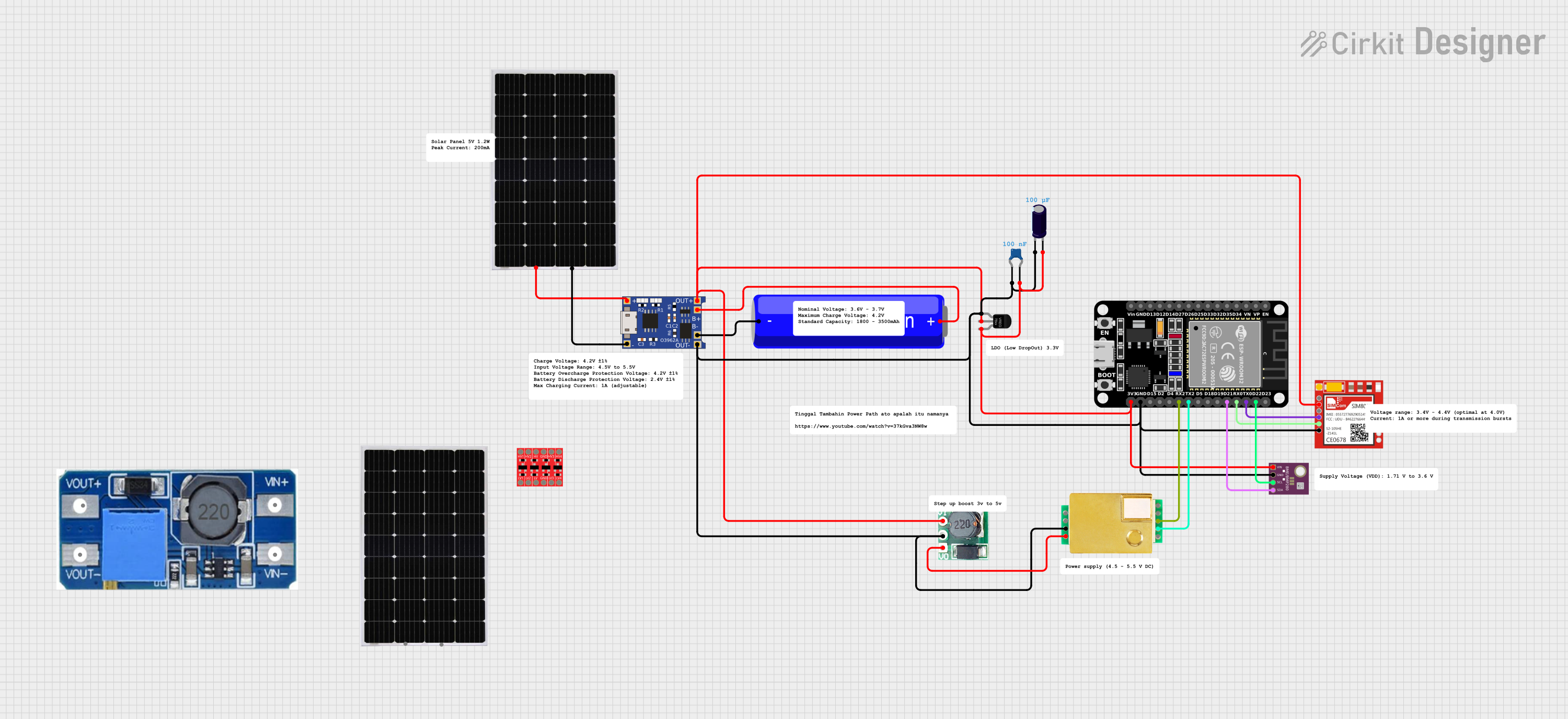
 Open Project in Cirkit Designer
Open Project in Cirkit DesignerExplore Projects Built with TIP31C

 Open Project in Cirkit Designer
Open Project in Cirkit Designer
 Open Project in Cirkit Designer
Open Project in Cirkit Designer
 Open Project in Cirkit Designer
Open Project in Cirkit Designer
 Open Project in Cirkit Designer
Open Project in Cirkit DesignerCommon Applications
- Audio amplification
- Motor control and drivers
- Power regulation and switching
- Signal amplification in electronic circuits
Technical Specifications
Below are the key technical details of the TIP31C transistor:
| Parameter | Value |
|---|---|
| Manufacturer | Abhishek |
| Part ID | Transistor |
| Transistor Type | NPN |
| Maximum Collector-Emitter Voltage (VCEO) | 40V |
| Maximum Collector Current (IC) | 3A |
| Maximum Power Dissipation (PD) | 40W |
| DC Current Gain (hFE) | 10 to 50 (at IC = 3A) |
| Transition Frequency (fT) | 3 MHz |
| Operating Temperature Range | -65°C to +150°C |
| Package Type | TO-220 |
Pin Configuration
The TIP31C transistor comes in a TO-220 package with three pins. The pin configuration is as follows:
| Pin Number | Pin Name | Description |
|---|---|---|
| 1 | Base (B) | Controls the transistor's operation |
| 2 | Collector (C) | Current flows into this pin |
| 3 | Emitter (E) | Current flows out of this pin |
Usage Instructions
Using the TIP31C in a Circuit
The TIP31C is commonly used in circuits for amplification and switching. Below are the steps to use it effectively:
Determine the Operating Conditions:
- Ensure the collector-emitter voltage (VCEO) does not exceed 40V.
- Ensure the collector current (IC) does not exceed 3A.
Connect the Pins:
- Connect the Base (B) to the control signal through a current-limiting resistor.
- Connect the Collector (C) to the positive side of the load.
- Connect the Emitter (E) to the ground or negative terminal of the power supply.
Base Resistor Calculation:
- Use a resistor to limit the base current (IB) to a safe value. The base current can be calculated using the formula: [ I_B = \frac{I_C}{h_{FE}} ] Choose a resistor value that ensures IB is within the transistor's specifications.
Heat Dissipation:
- If the transistor is operating near its maximum power dissipation (40W), attach a heatsink to the TO-220 package to prevent overheating.
Example: TIP31C with Arduino UNO
The TIP31C can be used to control a DC motor with an Arduino UNO. Below is an example circuit and code:
Circuit Connections
- Connect the TIP31C's Collector (C) to one terminal of the motor.
- Connect the other terminal of the motor to the positive power supply (e.g., 12V).
- Connect the TIP31C's Emitter (E) to the ground.
- Connect the Base (B) to an Arduino digital pin (e.g., D9) through a 1kΩ resistor.
Arduino Code
// TIP31C Transistor Control Example
// This code demonstrates how to control a DC motor using the TIP31C transistor
// and an Arduino UNO. The motor speed is controlled using PWM.
const int motorPin = 9; // Pin connected to the TIP31C base via a resistor
void setup() {
pinMode(motorPin, OUTPUT); // Set the motor pin as an output
}
void loop() {
// Gradually increase motor speed
for (int speed = 0; speed <= 255; speed++) {
analogWrite(motorPin, speed); // Write PWM signal to the base
delay(10); // Small delay for smooth speed increase
}
// Gradually decrease motor speed
for (int speed = 255; speed >= 0; speed--) {
analogWrite(motorPin, speed); // Write PWM signal to the base
delay(10); // Small delay for smooth speed decrease
}
}
Important Considerations
- Always use a base resistor to limit the base current and protect the transistor.
- Ensure the power supply voltage and current are within the transistor's limits.
- Use a flyback diode across inductive loads (e.g., motors) to protect the transistor from voltage spikes.
Troubleshooting and FAQs
Common Issues
Transistor Overheating:
- Cause: Exceeding the maximum power dissipation or insufficient heat dissipation.
- Solution: Use a heatsink and ensure the load current is within the specified limits.
No Output from the Transistor:
- Cause: Incorrect base resistor value or insufficient base current.
- Solution: Recalculate the base resistor value and ensure the base current is adequate.
Motor Not Running:
- Cause: Incorrect wiring or insufficient power supply voltage.
- Solution: Double-check the circuit connections and ensure the power supply meets the motor's requirements.
FAQs
Q1: Can the TIP31C be used for AC signals?
A1: Yes, the TIP31C can amplify AC signals, making it suitable for audio and other signal amplification applications.
Q2: What is the maximum PWM frequency for the TIP31C?
A2: The TIP31C has a transition frequency (fT) of 3 MHz, but for practical applications, it is recommended to use PWM frequencies below 20 kHz.
Q3: Can I use the TIP31C without a heatsink?
A3: Yes, but only if the power dissipation is well below 40W. For higher power applications, a heatsink is necessary to prevent overheating.
Q4: Is the TIP31C suitable for switching high-power LEDs?
A4: Yes, the TIP31C can be used to switch high-power LEDs, provided the current and voltage are within its specifications. Use a current-limiting resistor for the LEDs.